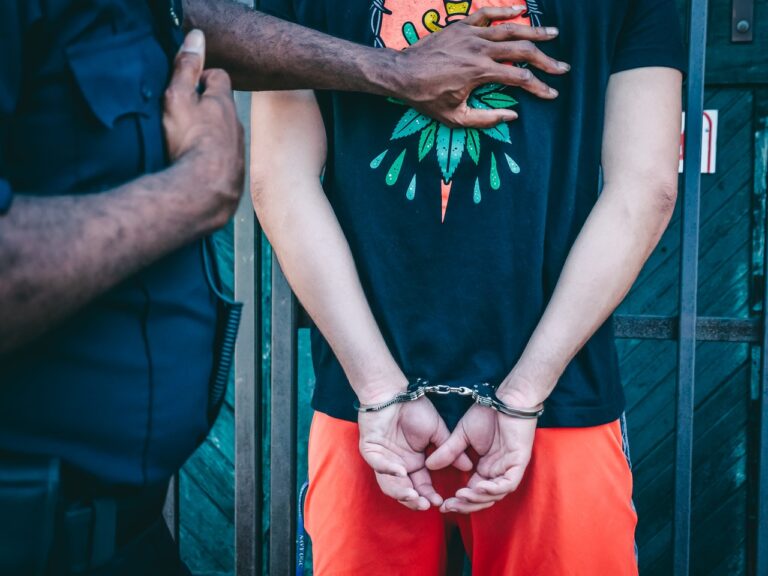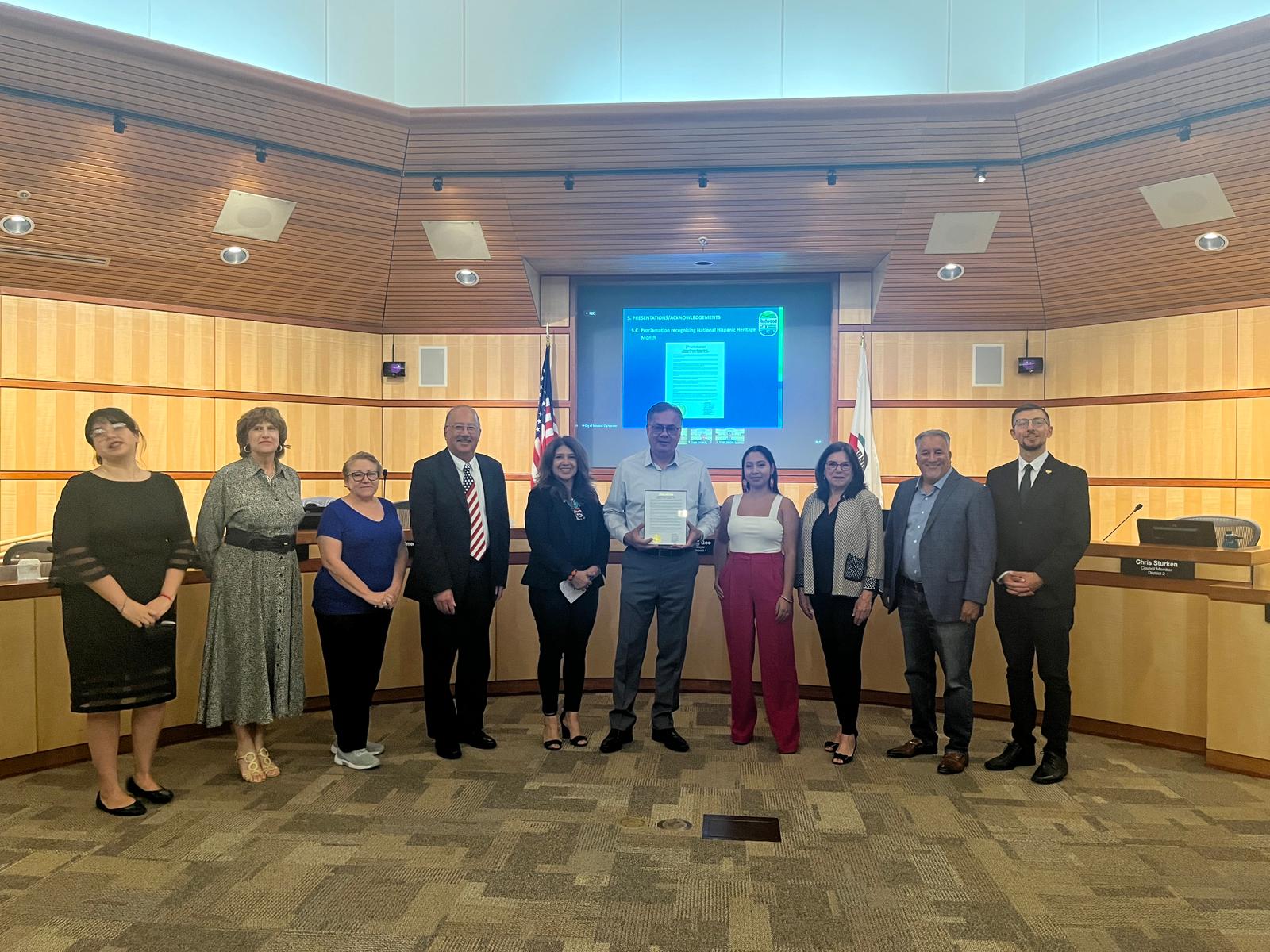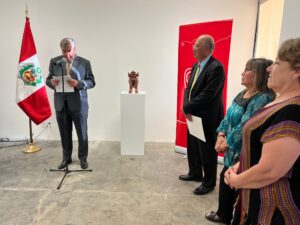
By José Geha. San Jose Spotlight.
A group of Santa Clara City Council members have filed three ethics complaints against a political organization linked to Mayor Lisa Gillmor, including a state complaint naming her.
Councilmembers Anthony Becker, Suds Jain and Kevin Park are raising concerns about Stand Up for Santa Clara, alleging that the 501(c)3 nonprofit is violating the city’s “dark money” rules by operating largely in secret and possibly running afoul of state political finance laws.
The local ordinance, in effect since 2018, includes “strict disclosure requirements” for political activity to help ensure voters know who is spending money to influence local elections. Anyone who donates $100 or more to any group or organization that spends money to influence voters must report their identity to the city.
The trio filed a complaint about the political group this week with the Santa Clara city clerk and attorney, according to documents reviewed by this news organization. They also sent a similar complaint to the California Fair Political Practices Commission, the state’s watchdog for campaign finance violations, about the group and Gillmor.
Finally, the councilors question whether the group is a bona fide 501(c)(3) nonprofit and file a complaint with the IRS requesting an investigation into the matter.
“Defending Santa Clara’s political actions is neither transparent nor honest,” Becker, Jain and Park wrote in their complaint to the city. “We want the Santa Clara City Clerk’s office and the Santa Clara City Attorney’s office to conduct a thorough investigation into Stand up for Santa Clara’s violations of the Dark Money ordinance.”
Jain told San José Spotlight that he and the other council members who filed these complaints hope to expose what they see as a double standard in Santa Clara policy by Gillmor and his allies.
“I feel like the other side is constantly accusing us of violating ethics and now we are starting to launch a counter-offensive,” Jain said. “There are active campaigns by people calling for us to be removed and to resign, and we are just fighting back.”
Gillmor did not immediately respond to requests for comment.
Stand Up for Santa Clara’s Facebook page contains dozens of posts demonizing Becker and his allies and promoting Gillmor. It has run a number of paid political ads in recent years.
In one such announcement, the group called on Becker to resign after he was accused of allegedly leaking a civil grand jury report about five council members' intimate relationships with the San Francisco 49ers, and then lying about his actions.
Council members say the group does not display an FPPC number that is required for political ads and has not filed documents revealing where its money comes from.
The Stand Up for Santa Clara website says it was launched in 2015 by residents Burt and Vickie Field, Tino Silva and Steve Robertson, and characterizes itself as “a grassroots watch organization dedicated to educating and engaging the citizens of Santa Clara.”
Those residents are staunch supporters of Gillmor, and the mayor recently defended Field when he was ousted from the parks and recreation committee.
Field did not immediately respond to a request for comment.
But Becker, Jain and Park say the group does not provide adequate documentation to prove who is supporting or funding it.
“There are no waivers of liability, no filings with the City Clerk’s office or the state,” the complaint filed with the city reads. “This is essentially dark money because no one knows who is funding them and how they are paying for their political ads.”
Among other concerns raised by council members is that Gillmor owns the building where Stand Up for Santa Clara lists its address in the Franklin Mall, though the complaint alleges that specific address does not appear to exist. A letter sent to the group was returned as undeliverable.
“Is (Gillmor) coordinating with this nonprofit? Is this nonprofit supporting her as a candidate, in which case it is a gross violation of nonprofit status,” Jain said. “She does not have any meetings with Burt Field on her calendar. This raises a lot of questions about transparency.”
While Stand Up for Santa Clara says it is a “registered 501(c)(3) nonprofit corporation” on its website, council members say the group is not listed in public IRS databases for nonprofits.
If the group is a 501(c)(3), council members say it appears to be violating laws that prohibit such organizations from “directly or indirectly participating in or intervening in any political campaign on behalf of (or in opposition to) any candidate for elective public office.”
Read the original note by clicking here.
You may be interested in: Hate crimes in California increase more than 20 percent in 2022



























